I’ve always liked sports cars. Like most guys, I guess. I’m not a car guy at all though. I couldn’t tell you the benefits of fuel injection vs a carburetor or what an engine’s “compression ratio” means. I’ve just always wanted a sports car.
Blame it on movies and the materialism in our culture. But I don’t care. Cool cars are — well… cool.
I spent my years between the ages of 14 and 18 doing what every guy does: Dreaming over the used car classifieds in the newspaper. “What!? Only $7,500 OBO!? If I get a job at McDonald’s and pick up a paper route, I could totally afford that.”
Like most guys, that didn’t happen. But my dream never went away.
Fast forward 8 years. I had been working a job for a couple years after graduating college and had some savings. My ’99 Cavalier (God bless her) was starting to show her age, both mechanically and socially. People were always eagerly volunteering to drive, I was beginning to think they were embarrassed to pull up to the valet in my old college workhorse.
I decided it was now or never: I’ve always wanted an old sports car and in a few years I’m going to be married and have kids. It’s hard to convince the better half of the benefits of buying a two-seater when there’s no place to put the child safety seat. So I began the search.
Fortunately for me, old cars are plentiful here in Southern California. With sun year round and no winter salt to rust cars over the years, older rides have extended lives out here on the West Coast.
Every guy has his muscle car. Maybe it’s an old Boss Mustang or Camaro. Maybe you’re a vintage convertible Mercedes kind of guy. My father has a badass ’74 Plymouth Roadrunner:
The horns on these cars sound just like the cartoon character. Awesome!
I wanted a vintage sports car as my daily driver. I wasn’t interested in buying an “all original” show car, those were way out of my price range.
A few years ago I decided to go in search for a 70′s era Corvette. My reasoning is surprisingly detailed. From a financial perspective, Corvettes are one of the best selling sports cars in history, so they’re relatively affordable to maintain. Parts are readily available; there are whole companies who only sell Corvette parts. Being an American car, most mechanics will have no problem jumping in and working on one. There’s a huge community online for you to pull resources from with several popular forums, each having thousands of users eager to help and show off their own cars. Insurance is actually cheaper than on my Cavalier, believe it or not. I guess they just consider it an old American car. It’s not like owning a Lamborghini.
Corvettes from the mid-70′s to the very early 80′s are also the last of the affordable retro Vettes. You can easily find a decent 70′s Vette in any town in America for under $10,000. Corvettes are classified in generations: C1, C2, all the way to the present with C6. 1968 to 1982 is known as C3, and what you probably recognize as The Stingray Era. Before the redesign in 1984, the C3 era had the classic shark curves and screamed power. It was also the largest generation of Corvettes ever produced, so there are plenty of ‘em around.
From a visual perspective the C3 Corvette is a no-brainer. The aggressive styling of the Stingray Era has even the richest, Ferrari-owning guy turning his head. Three true stories that have happened since I’ve owned mine:
- After a fancy brunch with some well-to-do friends of friends, the valet pulled up one of the gent’s Mercedes, then another gent’s BMW, then my Corvette. Both were in awe, and stopped in their tracks as my girlfriend and I drove away. “I love that car, man,” I heard one of them say.
- Driving on the famous Mullholland Drive in Hollywood, a guy in a brand new convertible Porsche pulls up next to me at a stop sign. “Man, I love your car. What year is it?” “’78″ I tell him. “God, I’m jealous.” he replies as he drives away.
- Driving home from the beach one day a Mercedes SUV pulls up next to us. We’ve got the T-Tops off and the windows rolled down. The SUV is driving right in line with us, and my girlfriend and I were like “what’s going on?” She looks over and says to me, “Is he filming us?” The SUV drops back. A few minutes later I stop at a red light and the SUV pulls up right next to us. A 17 year old rich kid from the Valley driving the SUV rolls his window down and says, “Excuse me, I have to say, I love your car. What is the make and model of it?” “Thanks! Chevy Corvette,” I tell him. “Thank you so much, I’m going to tell my dad I want one.”
All of this for a $10,000 car. Try and get that response from an equally priced 2005 Mustang.
If you buy a recently redesigned Camaro, Challenger, or even BMW, you’ll be driving high for five or six years. After that, you’re just driving an old Camaro. With folks keeping cars these days for 10+ years, you need to want to be driving the car you buy today far down the line. Buying a vintage sports car is timeless. It’s future-proof. In fact, the longer you drive it, the cooler it will get. It’s awesome because it’s old. And everyday it’s a little bit older.
The price is right. Visually it makes sense. So why doesn’t everyone do it?
Well, driving a 30 year old car isn’t for everyone. I was lucky enough to find one that had a brand new CD/MP3 player with new speakers installed, but if yours doesn’t, you’ll either be listening to the radio or you’ll have to dust off some 8-tracks, which were standard in Vettes of this era. The ride is obviously louder than newer cars and the drive isn’t as smooth. (Though this is part of the fun.)
An old car like this also lacks most of the safety features we take for granted these days. No anti-lock brakes. No air bags. I like to joke these are unnecessary with a C3 Corvette because if you get in an accident you have 14 feet of car in front of you. But nonetheless, something to take into consideration.
It should go without saying, if you’re looking to buy a 30 year old car you should be able to afford repairs when they come up. $300 here, $200 there. I had to put $1,200 into mine when I bought it, but to me it was worth it. Still cheaper than buying a new $30,000 Camaro.
My Corvette has shown up on Primer in pictures a few times over the years, did you catch it? For example: here, here, here
As I mentioned though, there’s more to buying an old sports car than just sticker price. With a car with a lot of old parts on it, it’s even more imperative to keep after regular maintenance. Repair costs should be something you’re willing to take into consideration when purchasing. Not just when you pull it off the lot, but in six months or two years, you’re going to have to replace and adjust things to keep the car in everyday driving condition.
Unfortunately, there are no “CarFax” reports for cars older than 1981. You can try to find information on a site like InstaVin, but when I bought mine, it was basically blank, and didn’t even know what type of car it was. For this reason, it’s even more important to carefully inspect your potential buy in the lot, on the road, and by a mechanic.
A word of warning on the necessity of thoroughly vetting your potential car: A car you’re considering buying is more seductive than the most beautiful woman in the world. You find a car that steals your heart and it’ll have you thinking the craziest shit you’ve ever thought: “$18,000 is a little more than I wanted to pay but it’s the color I want, besides it only needs $3,000 worth of work.” Be warned, it happens to the best of us. So use the following action list as a way to bring your sanity back when it’s been driven off a cliff in a vintage sports car.
Here are a few things you should consider when you’re checking out a car you’re thinking of purchasing.
The Body
First, there’s purely cosmetic. Is the car in a condition you’re happy with? If there are imperfections, dings, scratches, etc. are they something that won’t bother you every time you see them? Spending $10,000 on anything and not being completely happy with it is not something you should do to yourself.
Look for signs as to whether the car has been re-painted. If it has, was it a good job? My Corvette had clearly been repainted because of the condition of the paint, but weeks after I got it home, I started noticing tiny bits of overspray on some parts of the chrome. Certainly no big deal, but something I didn’t notice while it was on the lot. If it has been repainted, was it repainted the same color? If not, are “hidden” places like the side of the inside of the door or the underside of the hood the correct color? This is a good way to tell how good of a paint job the car has had.
Look at the car from an angle and look for rippling in the body that may be an indication of an accident or improper restoration work. Inspect the seams where body panels meet. Do they appear to be spaced and aligned correctly? Like bodywork on any car, if a damaged panel isn’t replaced with an OEM panel, it can be difficult to get all the seams correct.
What are the conditions of the tires? Vettes use big tires and they are more expensive than what you’re probably used to with a normal sedan. Hopefully they have some decent tread left on them and you don’t have to replace them.
Take a look under the car. Is there a lot of rust? There will naturally be rust on things, it’s an old car. What we’re looking for here is excessive rust. You’re looking to see if the exhaust is rusting through, bolts overly rusted, things like that. If there is, this should be a deal breaker for you.
While you’re down there, see if there is any evidence on the ground of leaking oil or other fluids. When you start the engine watch for blue smoke. If you see some, it’s burning oil. Oil leaks on older cars can be very expensive. When you take a look at the engine, look for fluid leaks that don’t make it to the ground. Are there parts of the engine that have clearly had fluid leaking on them?
According to the Muscle Car Club, a muscle car is a performance-based version of a car powered by a V8 engine at an affordable price. The regular production vehicles don’t count. For example the Chevy Chevelle SS and the Dodge Charger R/T are considered muscle cars. Camaros must be SS and Z28 models, and Mustangs must be GT and Boss models to be truly considered muscle cars. Corvettes, by contrast, are considered “sports cars” because of their original price being so high.
The Test Drive
The test drive can be one of the most exciting parts about shopping for a car. But it’s also one of the most crucial for detecting any problems the vehicle might have.
Here are some things to keep in mind while test driving:
- Does the car start easily?
- How do the brakes feel? Do you have to press the pedal hard to slow down? Do they feel spongy? Do they squeal?
- Does the transmission shift appropriately? Does it shift late or hard?
- Does the car want to pull to one side of the road when you let go of the wheel? You’ll need to test this on several different flat, level roads. Even a slight slope in the road can cause a normal car to pull, so don’t get excited about it until you’ve thoroughly tested it.
- Do all the gauges work properly? This is important because being able to keep tabs on the car’s stats is something necessary for older cars. If you’ve got an aging car, its chances of overheating are greater and you need to know ASAP if it is. A malfunctioning fuel gauge would cause obvious problems. This is also important because it can be expensive if you have to replace a whole gauge cluster for some reason, though it could just be a fuse or a wiring issue.
- Similarly, watch that all of the dash lights come on while starting. The reason they turn on while starting is so you know if all the warning lights are functioning properly.
- Do the seat belts feel secure? Can you make them lock? These are literally one of the only safety features in older cars, so we need them to be 100%.
- Is there any excess wind noise coming in the windows? This may seem like something you can live with, but traveling on the highway for long trips will drive you crazy.
The Fine Details
After driving the car and checking the various mechanical functions, it’s time to inspect the fine details.
- Do the windows work smoothly? If they’re power, do they appear to work evenly and at the same speed? Does the heat and A/C work?
- Unless the vehicle was used frequently, the A/C may need to be replaced from the now illegal Freon R-12 gas standard to the new, eco-friendly R-134a standard. This could cost a couple hundred dollars.
- The disappearing headlights on Corvettes are controlled by a vacuum system. Do they both go up and down, as well as turn on?
- If the car has T-Tops, check the seals. T-Tops are notorious for leaking, and are one of the few surprisingly expensive things to fix. Do they seem to be in good condition, or are they dry/cracked or even missing?
- What’s the stereo situation? I was lucky that my stock radio had been replaced recently with a CD/MP3 number, and the rear speakers swapped out for more modern technology. If it hasn’t been, is that important to you? If so, you have to add that as a cost of buying the car.
- Do the wipers work correctly? If not, it may be a broken switch, or you may need a new motor. Neither of which are fun to think about having to pay to fix.
- Check all the keys. You should have three, at least in the case of a Vette. One for the doors (circle), one for the ignition (square), and one for the glovebox. I actually drove off the lot without realizing the door keys didn’t actually match – they would go in and seem to work, but not really lock the door. I had to have the dealer replace them.
Take a look at the upholstery and the carpet. How does it look? At this point, it’s 30 years old, so it’s probably starting to show its age unless it has been extremely well taken care of or recently restored. These aren’t deal breakers however, since you can always have them fixed at some later point, versus some of these other more serious mechanical problems. You can have much of the carpet and seats fixed for under $1,200. You’ll have to decide whether the condition of the interior is adequate for you.
The Mechanic
If everything checks out so far, the next step is to have someone who actually knows about how cars function give a detailed inspection underneath the hood. If the seller doesn’t want to allow your mechanic to take a look at the car, say thank you, walk away and never look back.
Things you’ll need your mechanic to look at are:
- Engine health
- The conditions of the clutch, brakes, tires, suspension parts (shocks, steering components, etc.), the exhaust system, and the pollution control equipment (especially the catalytic converter if it had one originally)
- Fluid leaks may exist that aren’t apparent until someone is under the car
- Some semblance of how the vehicle has been maintained
Since you’re not buying a museum piece having a mechanic tell you, “there’s a lot of original parts” is not necessarily a good thing. Like any car, eventually parts will fail, we just want them to have failed on the last owner instead of us.
On top of this, request a general safety inspection. Let the shop know you’re thinking about buying the car. They’ll be able to help and know what to look out for.
Hopefully the mechanics give the vehicle a clean bill of health. If they do say certain work needs done, you must decide if it’s A) Even worth fixing B) Something you can get knocked off the price C) something you’re willing to dole out for if you can’t get the price reduced.
Remember, it’s cheaper to pay more and buy one that is in good shape than to buy a cheaper one and pay someone to fix it.
Pre-Purchase Checks
There are a few more things you should check before making a deal or agreeing to buy the car. If the seller is a private seller, ensure they have the title. This can be a horribly long process to deal with if you buy the vehicle and then find out no title exists.
This, along with a few other things, shows the benefits of buying from a dealer instead of a private seller. There’s nothing wrong with buying from an individual, but if something comes up after the deal, a dealer has a business to protect with good service. An individual may just disappear into the mist.
You’ll also want to guarantee the title isn’t marked Salvage or Reconstructed, especially since you likely won’t have a CarFax report. This should also be a deal breaker. Beyond the title, you’ll want to ask for emissions testing information, if your state requires it. In California, it’s the dealer’s responsibility to have the car smogged, so you’ll want to make sure that not only that it has passed, but that you have documentation of it.
The VIN number of a car is actually a code that can tell you a lot of information about a vehicle, like the year it was built, engine type, and even the location of the plant it was produced. You can use an online VIN decoder like this one to determine what the original specs were for the car when it left the factory to determine how much previous owners may have changed it. From here, you can attempt to match the VIN to the engine casting number. Since we’re not looking to buy a show car, this is only important so you know what is under the hood. We’re buying a sports car; we want to make sure it doesn’t have some small replacement engine in it. This isn’t the end of the world most likely. It’s common for people to stick engine badges on the outside of their car even if that’s not what’s inside.
The Result
Hopefully after all this, your dream car has checked out mechanically, you’ve been able to strike a deal with the seller and you’re driving the vintage beauty off the lot. If not, never be afraid to walk away. The worst thing that can happen when you buy any car is regretting later that you didn’t do your due diligence. Happy driving!



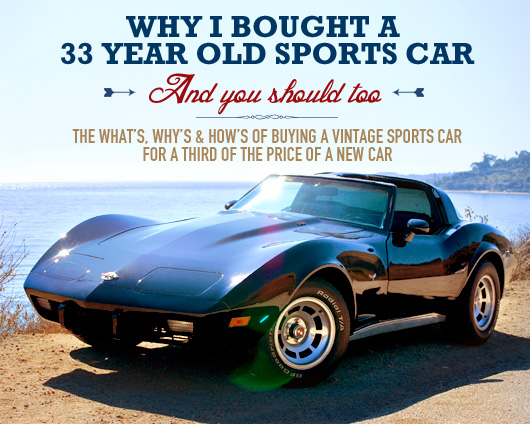
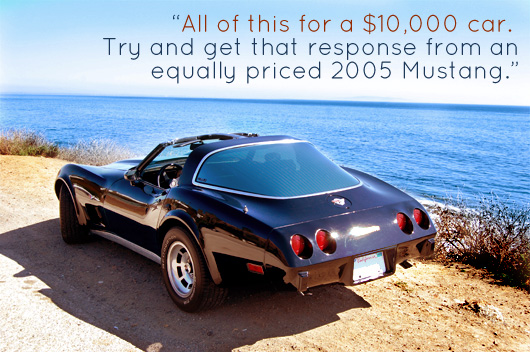
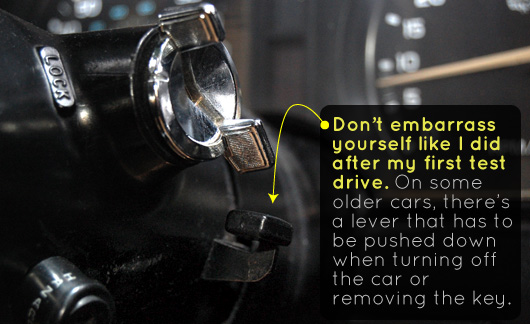
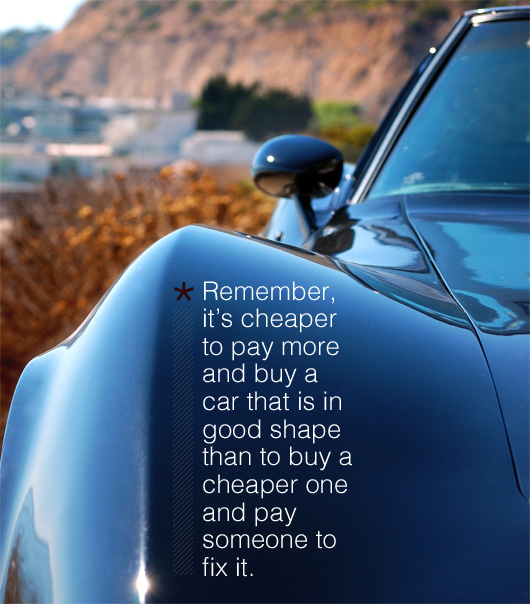

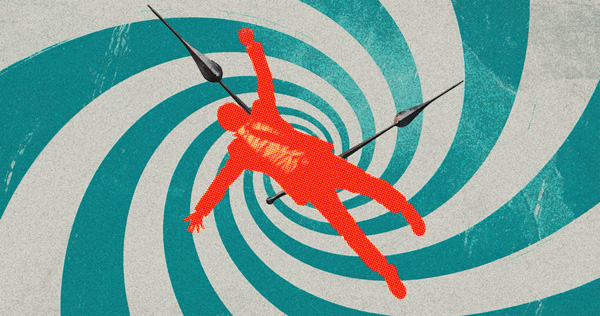
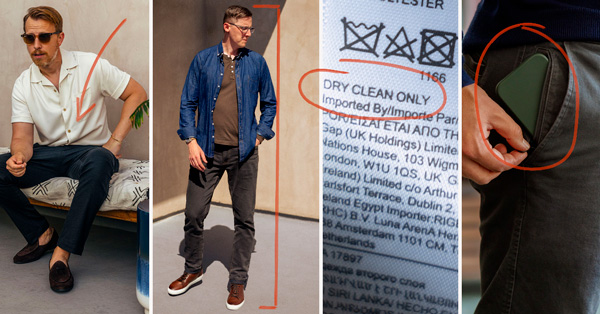
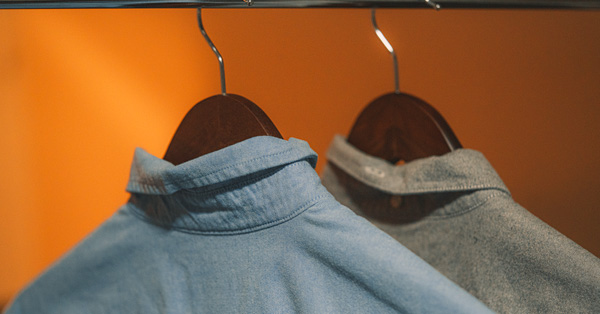
![Types of Jackets: An Encyclopedic Guide to Finding Your Perfect Style + How to Wear Them [28 Styles]](https://www.primermagazine.com/wp-content/uploads/2023/06/todd-snyder-dylan-jacket-review_feature.jpg)







